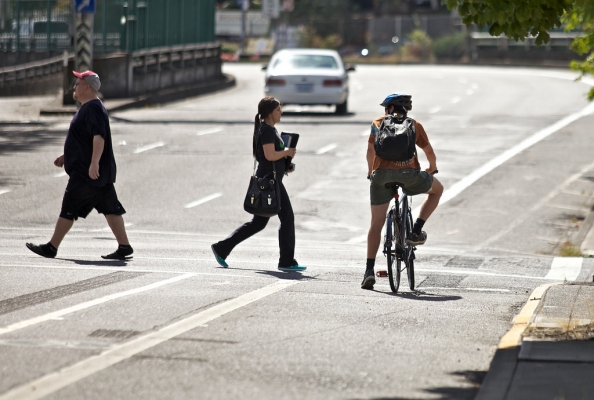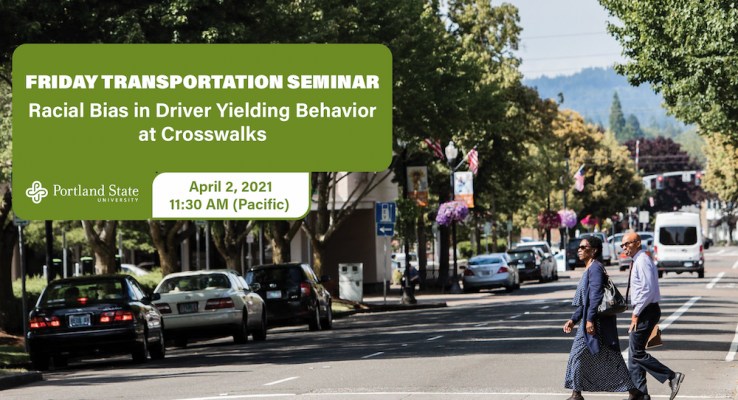View slides
Watch video:
For a number of reasons—congestion, public health, greenhouse gas emissions, energy use, demographic shifts, and community livability to name a few—the importance of walking and bicycling as transportation options will only continue to increase. Currently, policy interest and infrastructure funding for nonmotorized modes far outstrip our ability to successfully model bike and walk travel. In the past five years, we have learned a lot about where people prefer to bike and walk, but what can that tell us about whether people will bike or walk in the...
Read moreNo archived materials are available for this presentation.
By Jennifer Dill, TREC director.
I recently completed a national poll of people living in urban areas in conjunction with the National Association of Realtors® on Community and Transportation Preferences. The overall results are posted here. The survey included 3,000 adults living in the 50 largest urban areas in the U.S. (That includes suburban areas, as well as denser urban cores.) Here are some highlights related to bicycling.
1. Less than one in five people have biked in the past month.
Overall, 72% of the adults surveyed said they were physically able and know how to ride a bike. Of those, 25% had ridden in the past month. (The survey was conducted in mid-May, so weather was reasonable.) That means only about 18% of adults in these urban areas biked recently. Most of the people who had biked, rode only for exercise (60%, or 15% of those who are able to bike), while the others (40%, or 10% of those who are able to bike) made at least some bike trips for transportation, such as to work, school, shopping, etc.
Note: From here on I will be focusing only on those people who are physically able and know how to ride a bike.
2. There are gender and generational gaps.
This isn’t a big surprise, but women were less likely to bike than men,...
Read moreWe are committed to making decisions that promote the success and well-being of our campus community. Until further notice, all live events hosted by TREC will be online only.
Friday Transportation Seminars at Portland State University have been a tradition since 2000. You can join us online at 11:30 AM.
PRESENTATION ARCHIVE
THE TOPIC
This seminar discusses how pedestrian race and gender can influence drivers’ behavior in interactions with pedestrians at...
Read more

